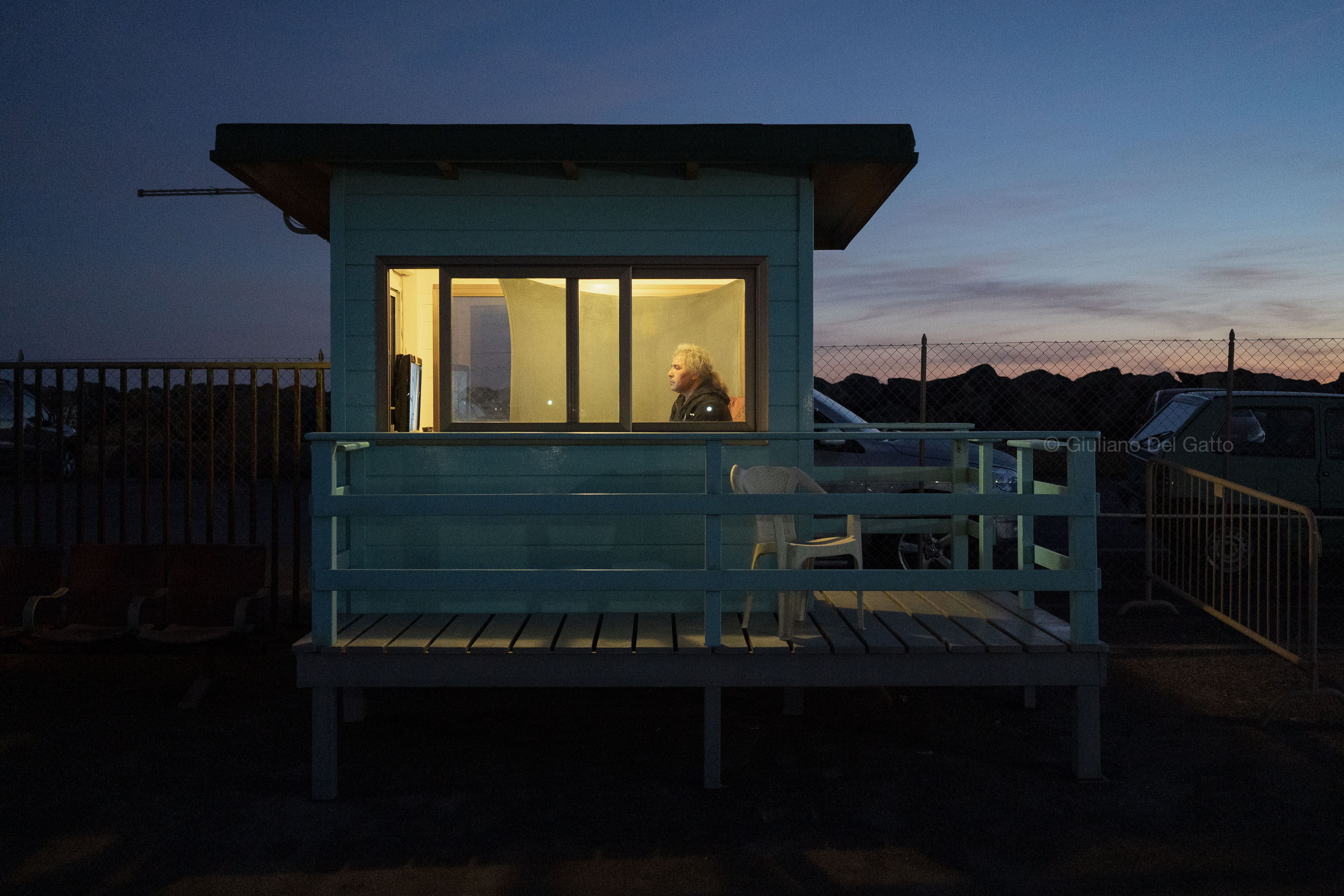



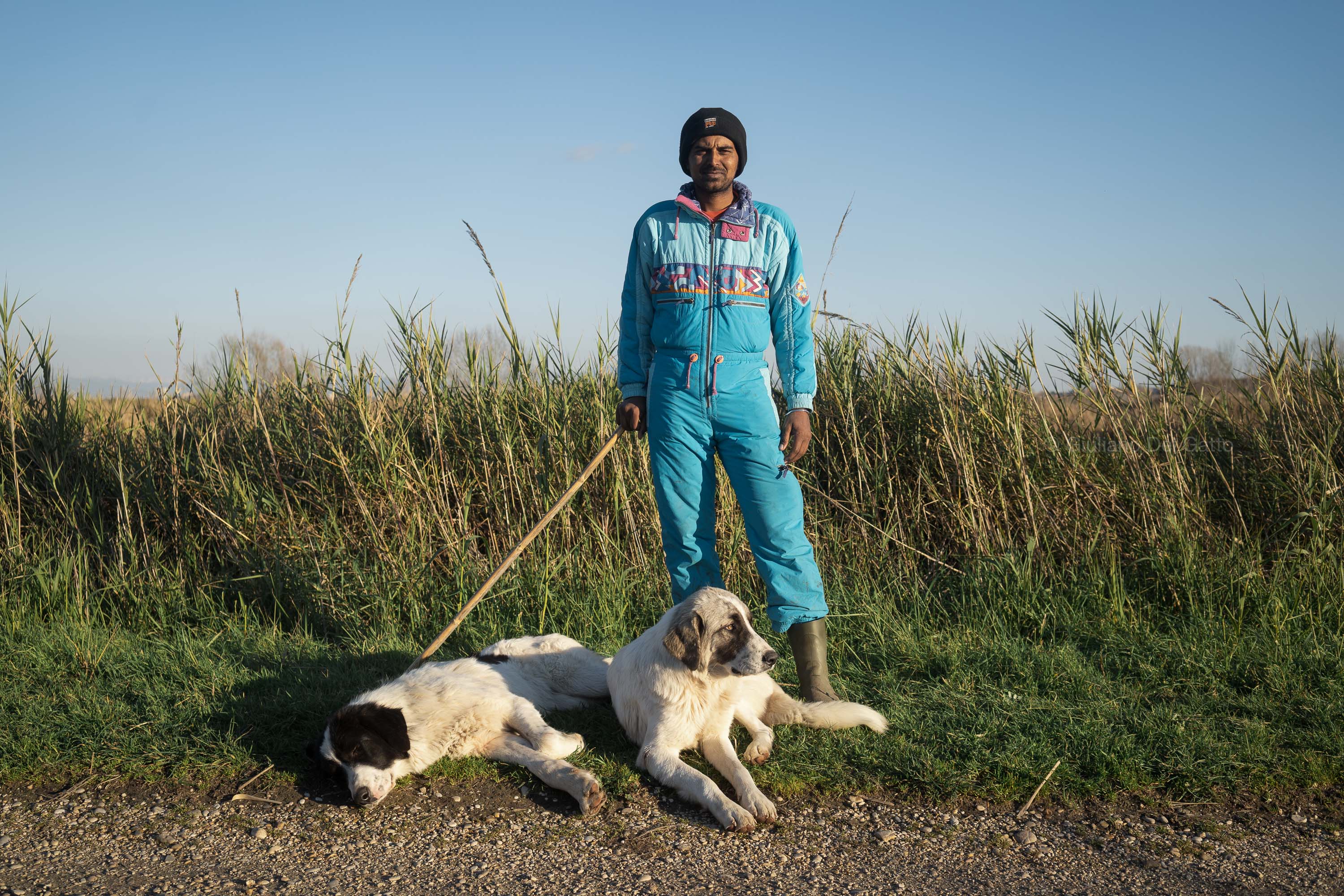






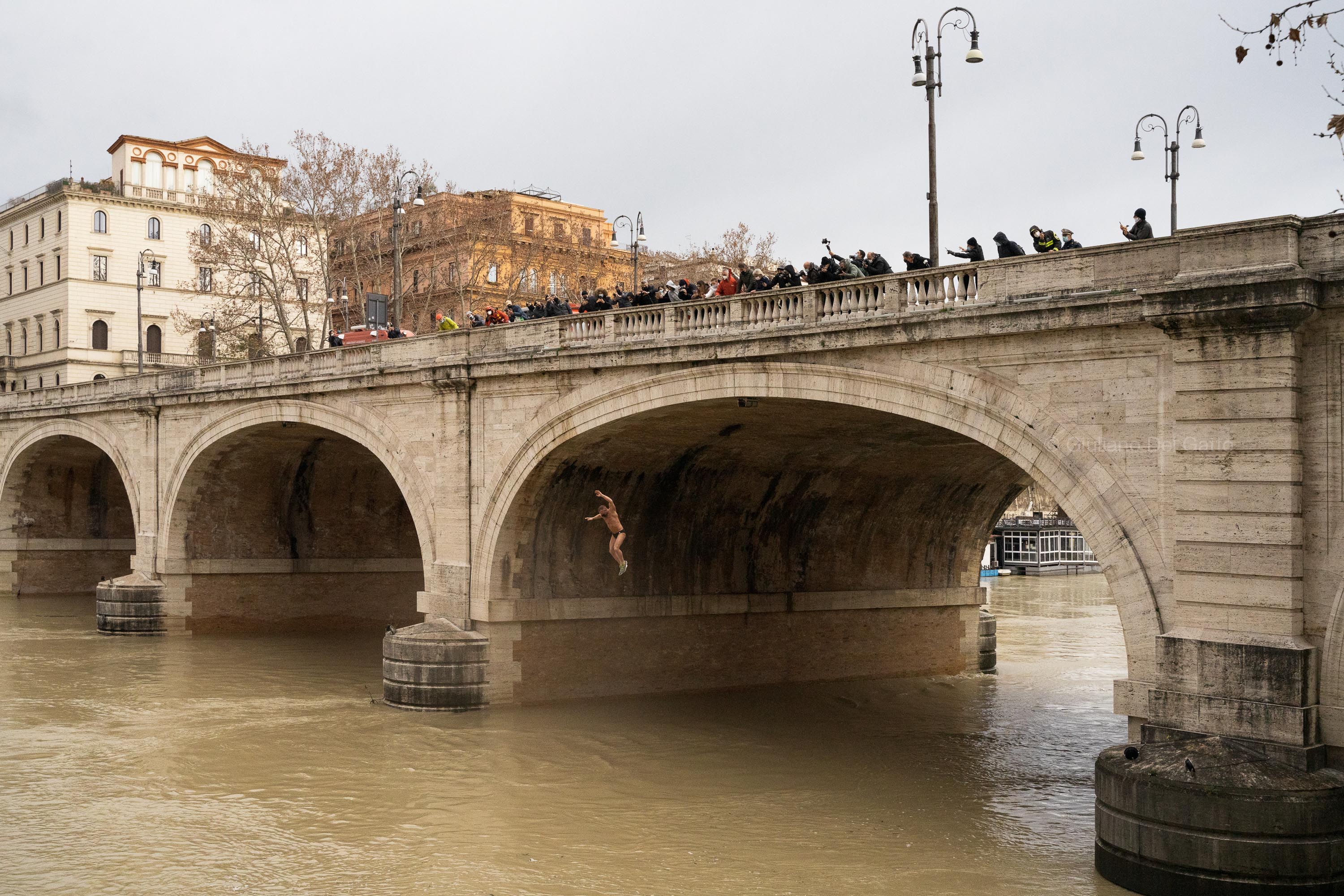

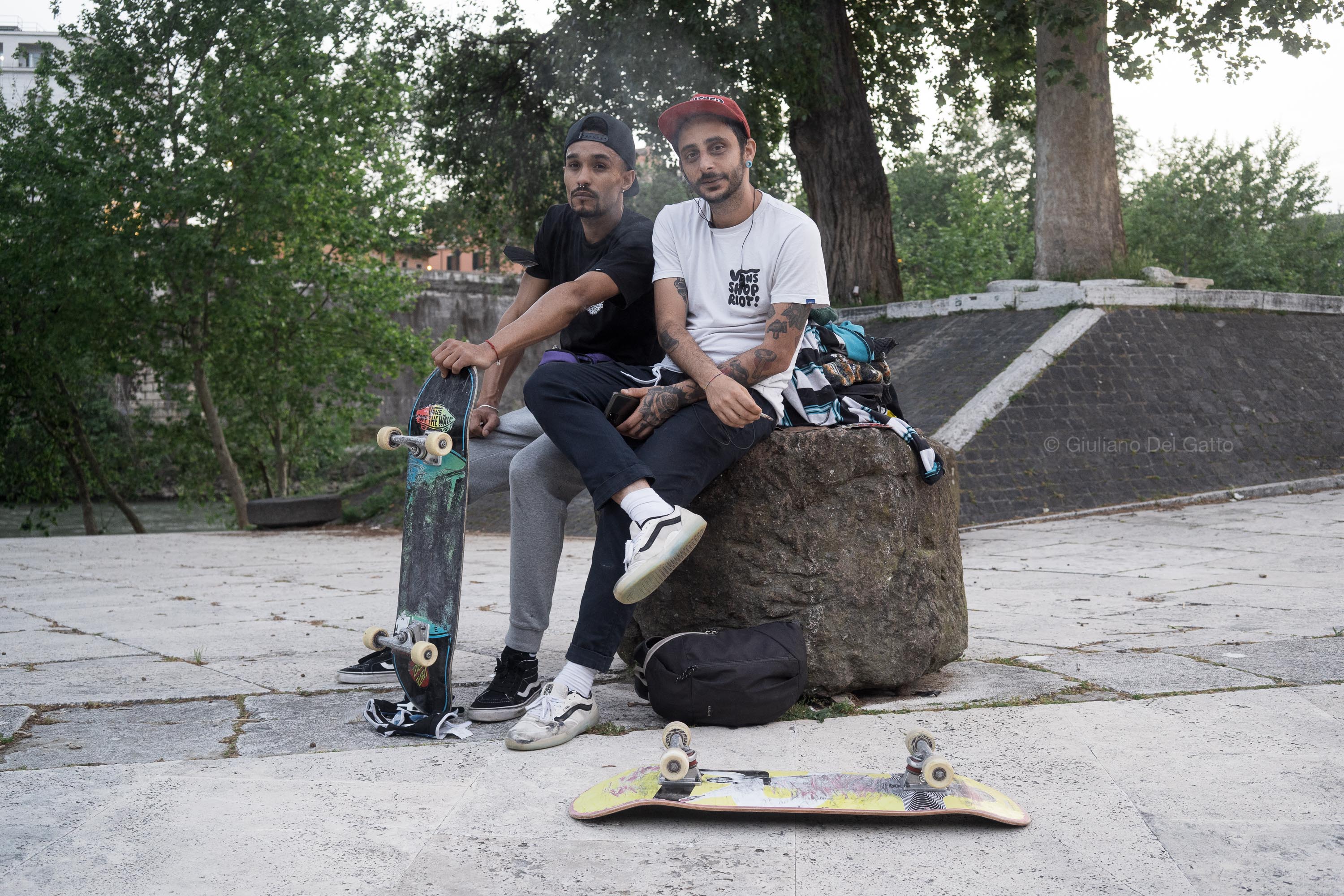











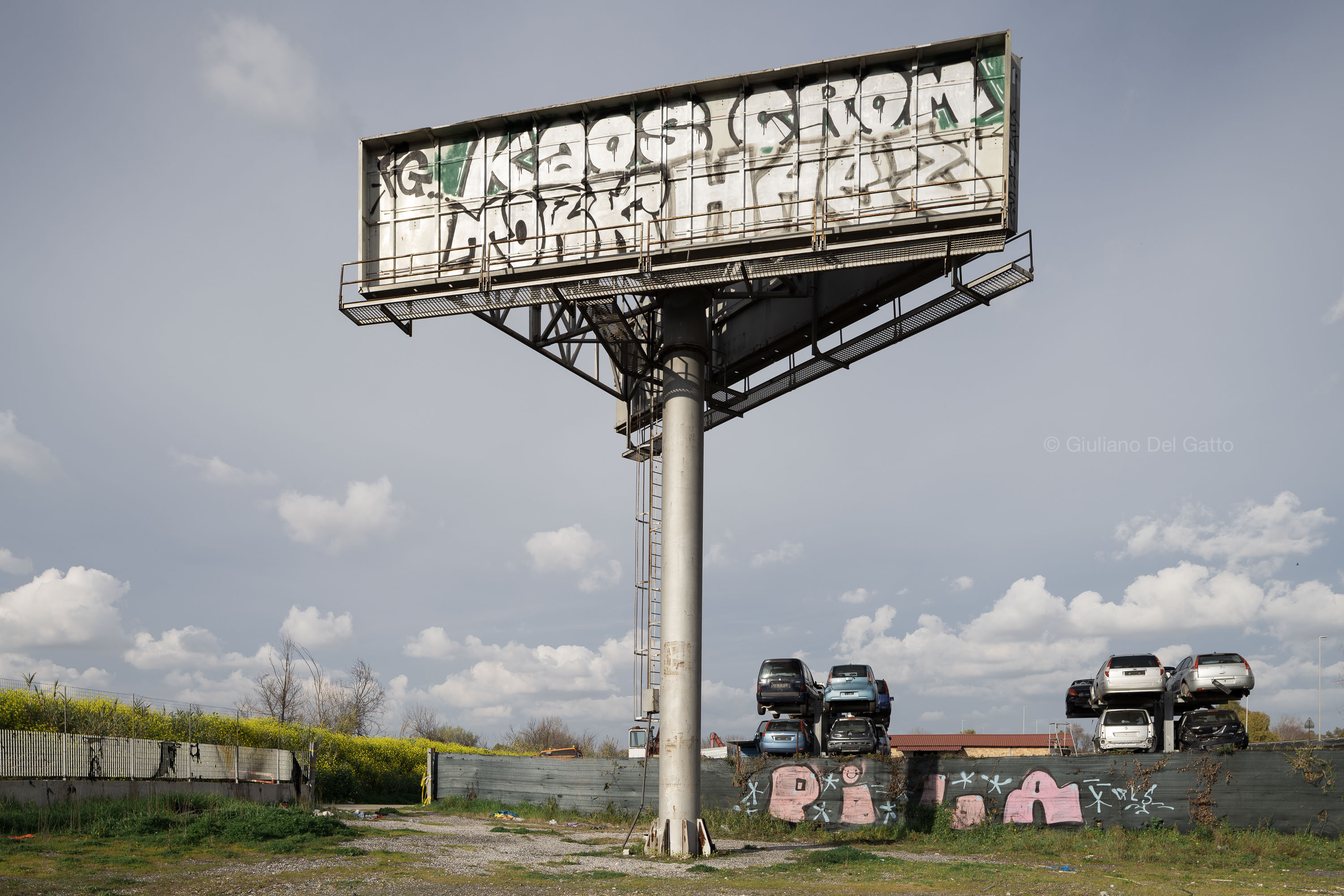


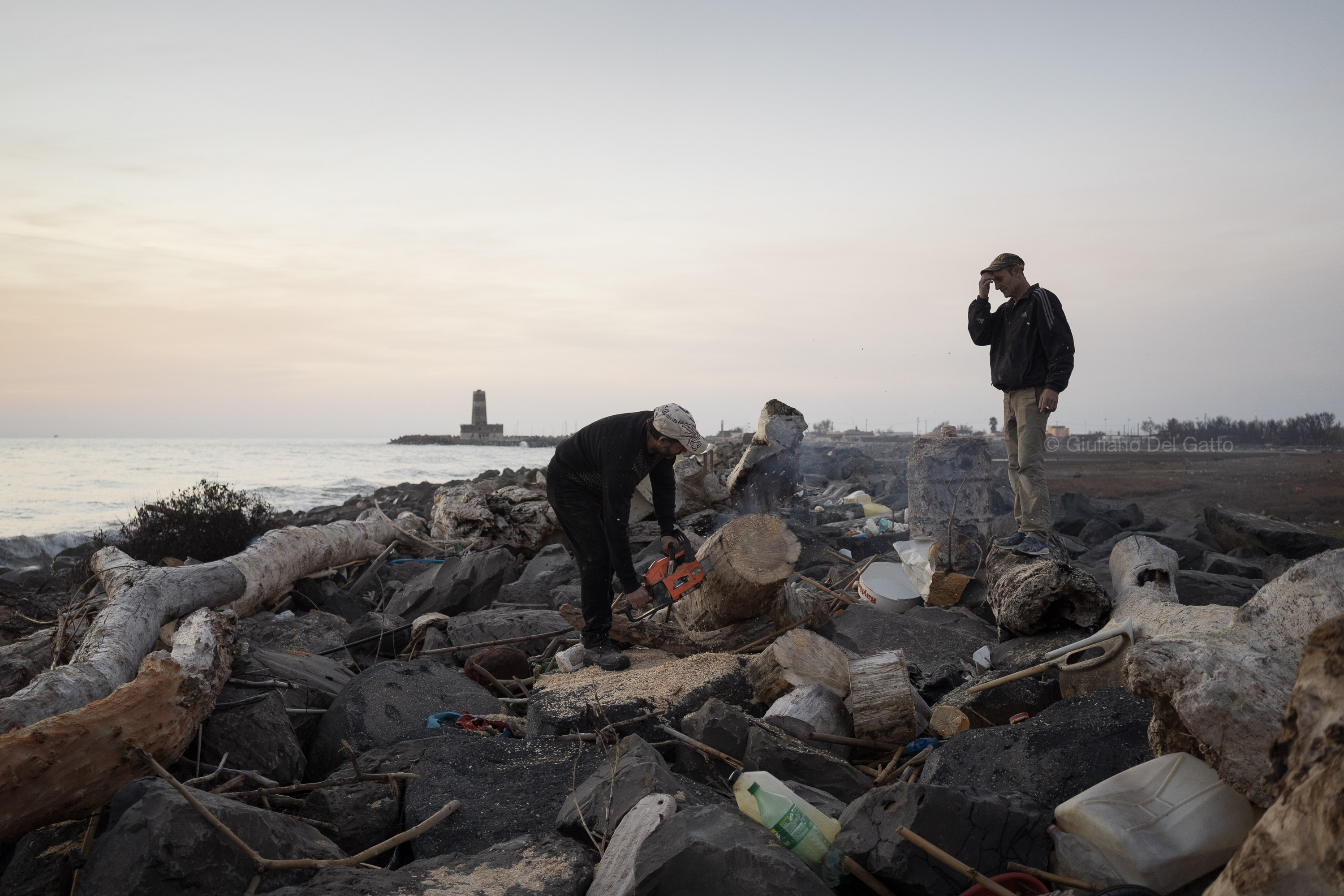



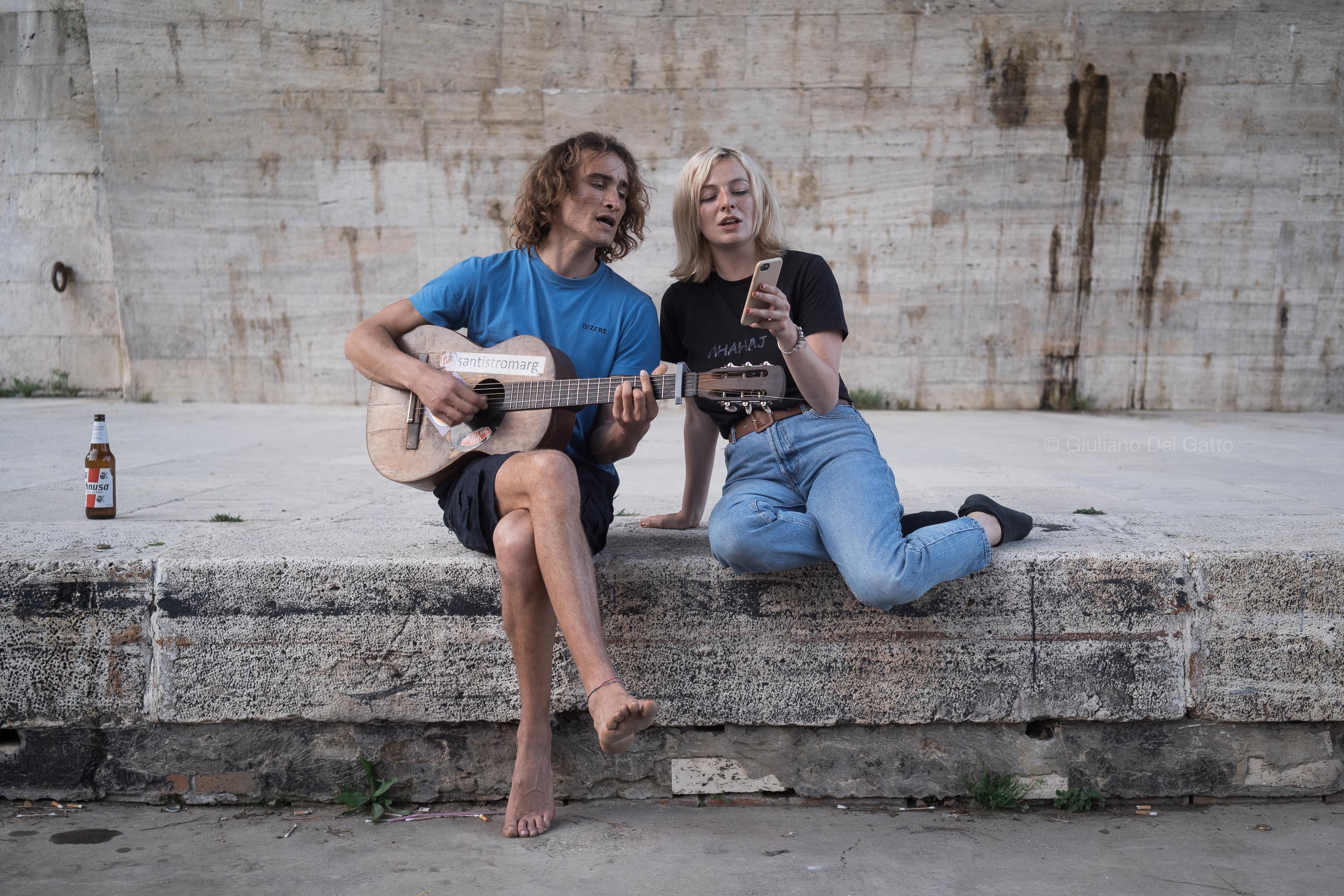




The Tiberians
Rome 2020 - 2021To see more images about this project please visit “The Tiberians” on Parallelozero agency website
ENG - The Tiber, known in ancient times as Albula, then Thybris and finally Tiberis, is Central Italy’s main river. Its stories “unfold at a level beneath that of the Eternal City of Rome, scrutinizing it from below.” (Maria Margarita Segarra Lagunes, Il Tevere e Roma, Storia di una simbiosi).
Its banks still remain places that are wild and hard to access: with the exception of the better known stretch running through the city, the river belongs to a community of marginalized souls who have transformed it into a sort of fascinating, hidden city where infinite personal stories unfold.
Once such location is the small area of the estuary, known as Fiumara Grande or Passo della Sentinella, a “neighbourhood” that is home to around 700 families who over the years have drained the area and requested on a number of occasions the regularization of their living situations and their rights.
In 1933 the land was requisitioned by the state that took it from an aristocratic family to create a radio telegraph centre, but the project never came to fruition and since then its situation has never been fully resolved. Its inhabitants frequently risk having to leave their homes, which in any case are not connected to the sewage system, public lighting and connections to public transport networks.
The area of Isola Sacra is home to Henryk Pawel Chrobok, a Polish sailor and boat builder who has experienced many adventures during his 78 years. He lives on a boat that he is currently building with the aim of sailing to Antarctica. And then there is Gurjeet, an Indian shepherd who doesn’t speak a word of Italian and Rita, a retired architect who lives under a bridge beneath the river.
These are just some of the stories taking place in the urban and rural settings of this green-coloured lined that bisects the millennia-old territory of the Eternal City.
ITA - Il Tevere, conosciuto nell'antichità come Albula, poi Thybris e infine Tiberis, è il principale fiume dell'Italia centrale. Le sue storie "si svolgono a un livello inferiore a quello della città eterna di Roma, scrutando dal suo livello fisico più basso” (Maria Margarita Segarra Lagunes, Il Tevere e Roma, Storia di una simbiosi).
Le sue sponde rimangono ancora luoghi selvaggi e difficilmente accessibili: ad eccezione del tratto più noto che attraversa la città, il fiume appartiene ad una comunità di anime emarginate che lo hanno trasformato in una sorta di città affascinante e nascosta dove scorrono infinite storie personali.
Uno di questi luoghi è la piccola area della foce, nota come Fiumara Grande o Passo della Sentinella, un "quartiere" che ospita circa 700 famiglie che nel corso degli anni hanno prosciugato l'area e richiesto più volte la regolamentazione della loro situazione abitativa e dei loro diritti.
Nel 1933 il terreno fu requisito dallo Stato che lo sottrasse a una famiglia aristocratica per creare un centro di radiotelegrafia, ma il progetto non si realizzò mai e da allora la sua situazione non è mai stata completamente risolta. I suoi abitanti rischiano spesso di dover lasciare le loro case, che in ogni caso non sono collegate alla rete fognaria, all'illuminazione pubblica e ai collegamenti con le reti di trasporto pubblico.
Nella zona di Isola Sacra vive Henryk Pawel Chrobok, un marinaio e costruttore di barche polacco che ha vissuto molte avventure durante i suoi 78 anni. E poi c'è Gurjeet, un pastore indiano che non parla una parola di italiano e Rita, un architetto in pensione che vive sotto un ponte sotto il fiume.
Queste alcune delle vicende che scorrono lungo lo scenario urbano e extra urbano di questa linea color verde che divide a metà il territorio millenario della città eterna.